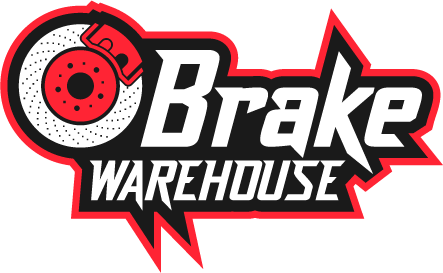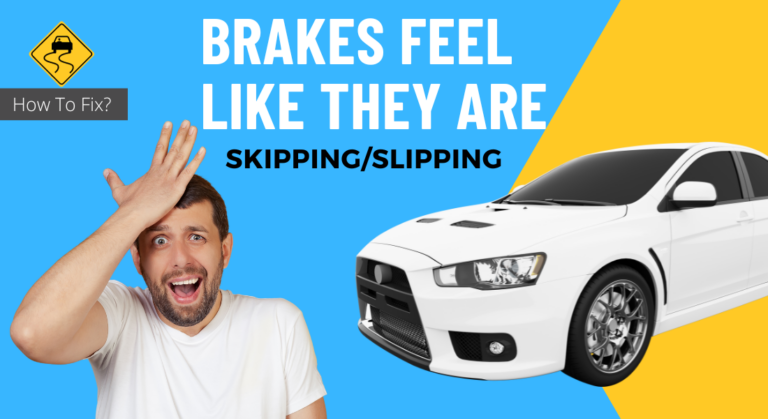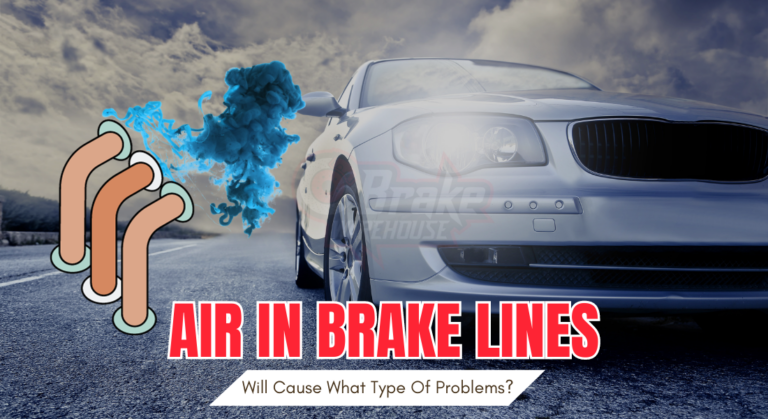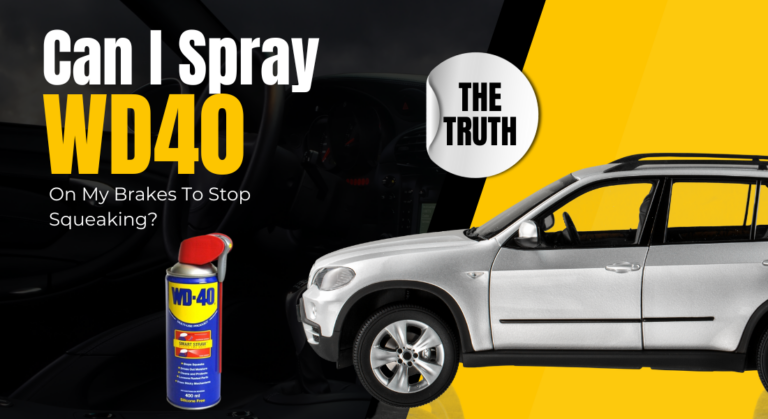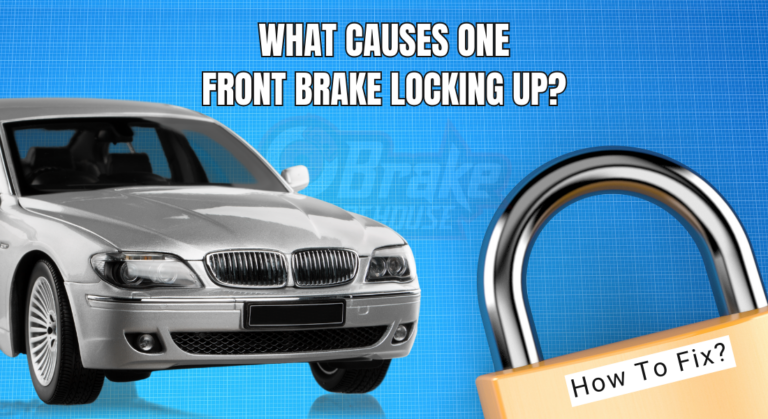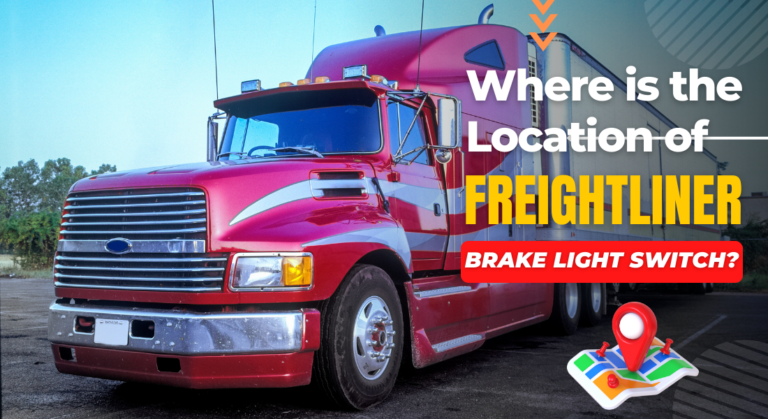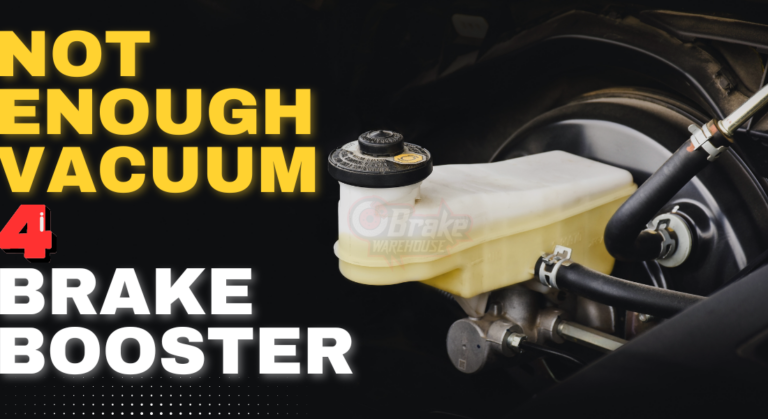Brake Pad Rubbing On Rotor While Driving – How To Fix?
If your vehicle is making a grinding noise while you are driving, it is possible that your braking system is the source of this issue, especially the brake pad and rotor.
There are many causes for this problem, but these are the main sources.
- Brake pads installed incorrectly.
- Brake pads that have not been properly maintained can become worn out or damaged, resulting in rubbing.
- Incorrect brake pads.
This article will outline the entire situation and offer a simple how-to guide for resolution.
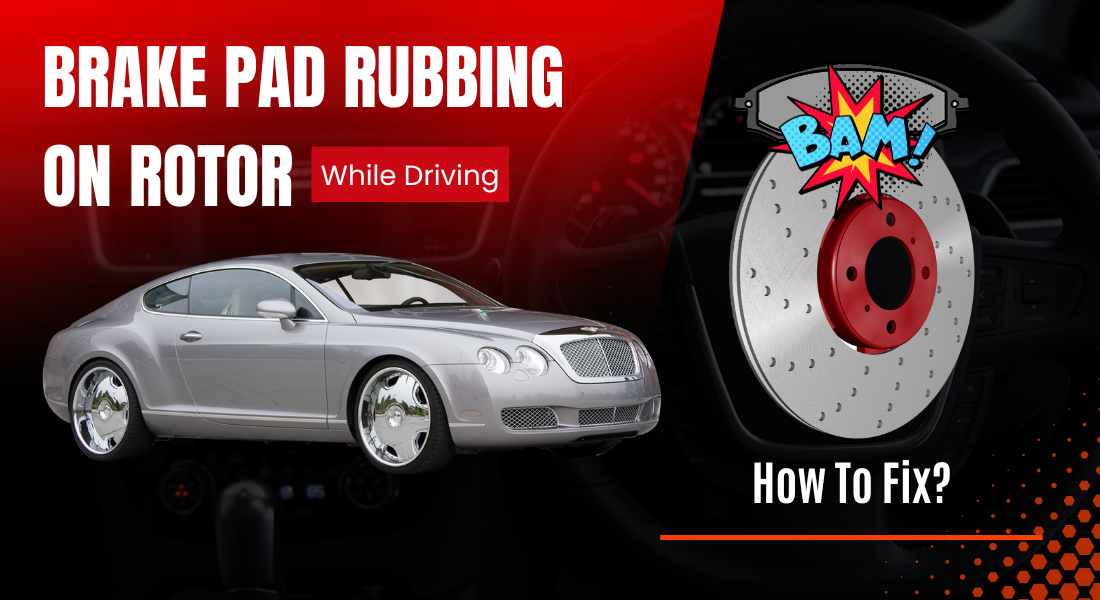
Why Is The Brake Pad Rubbing On Rotor? (Causes & Fixes)
There are several causes of the brake pad rubbing against the rotor. Some of them include when the brake is overtightened and when the brake caliper is out of alignment. Additionally, a worn brake pad, a subpar brake pad, or an unclean brake pad can all contribute to this brake pad rubbing.
However, before learning why brake pads are rubbing on rotors, let us first understand what these are.
The rotor and brake pad are two of the most crucial components of a vehicle’s braking system. As part of the braking system, the brake pad presses up against the rotor to slow or stop the vehicle. Brake pads apply pressure to the brake rotor, a disc-shaped part of the braking system, to slow or stop a vehicle.
Here are a few reasons why brake pads rub rotors and how to stop.
1. Too-tight brake pads
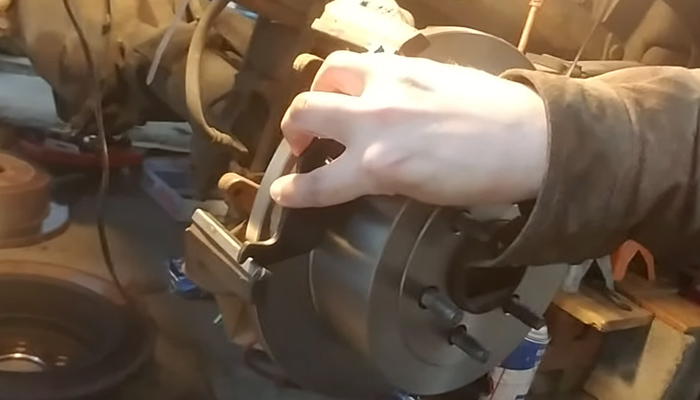
When you apply the brakes, the brake pads are intended to make contact with the rotor. However, if the brake pads are adjusted too tightly or if too much pressure is applied, they can press against the rotor even when not braking. The constant contact between the brake pads and the rotor causes rubbing.
Solution
To resolve this issue, you must properly align the brake calipers. Here’s how you should position them.
- Step 1: Loosen the bolts: Start by loosening the bolts that hold the brake caliper to its mounting bracket. This allows for caliper adjustment and movement.
- Step 2: Align the caliper: Gently move the caliper to the center of the rotor with your hand. Make sure the brake pads are evenly spaced on both sides of the rotor. Adjust the caliper’s position until it is properly centered and aligned.
- Step 3: Tighten the mounting bolts: After the caliper has been properly aligned, secure the mounting bolts. Excessive tightening can result in caliper misalignment or damage.
Read Also: What Happens If My Brake Pad Falls Off? – The Consequences
2. The brake calipers are not properly centered or aligned

When you apply the brakes, the brake calipers push the brake pads against the rotor. If the calipers are not properly centered or aligned, they may apply uneven pressure to the brake pads. As a result, one or both brake pads may be constantly in contact with the rotor, causing rubbing.
Solution
Here is how you should align the brake calipers
- Step 1: Loosen the mounting bolts: Begin by removing the bolts that hold the brake caliper to the mounting bracket. These bolts are usually found on the caliper’s backside.
- Step 2: Align the caliper: Gently move the caliper to the center of the rotor with your hand. Make sure the brake pads are evenly spaced on both sides of the rotor. Adjust the caliper’s position until it is centered and aligned properly.
- Step 3: Tighten the mounting bolts: Once the caliper is properly aligned. Ensure that the caliper remains aligned throughout the tightening process.
3. Worn brake pads

Brake pads gradually wear down as they make contact with the rotor during braking. When brake pads reach their minimum thickness and are not replaced, they become too thin. As a result, the remaining pad material may contact the rotor, resulting in rubbing.
Solution
Replace worn brake pads by following these simple steps:
- Step 1: Uninstall the worn caliper: Elevate the vehicle safely and look for the brake caliper. Remove the caliper bolts, carefully remove the worn brake pads, and set them aside.
- Step 2: Install a new one: Install the new brake pads by applying a thin layer of high-temperature brake lubricant to the back of the pads. Align the new pads in the caliper. Replace the caliper on the caliper bracket and tighten the bolts.
Read Also: Can Worn Brake Pads Cause ABS Light to Come On?(Find Now)
4. Poor quality brake pads
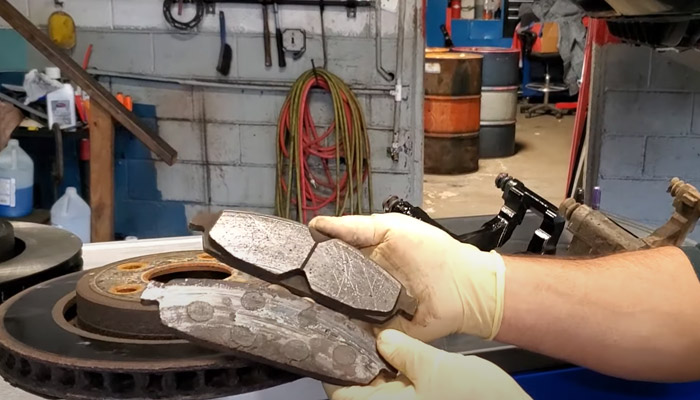
Poor-quality brake pads usually need fixing or be made of inferior materials. These brake pads either wear out faster than expected or fail to provide adequate clearance between the pad and the rotor. As a result, they can cause rubbing between the brake pads and the rotor.
Solution
You have two options in this situation.
The first option is to simply replace the existing pads with higher quality ones, as the old pads will not provide the best results.
Second, you can have an expert recheck the pads to determine whether they are safe to use or should be replaced right away.
5. Debris in the brakes
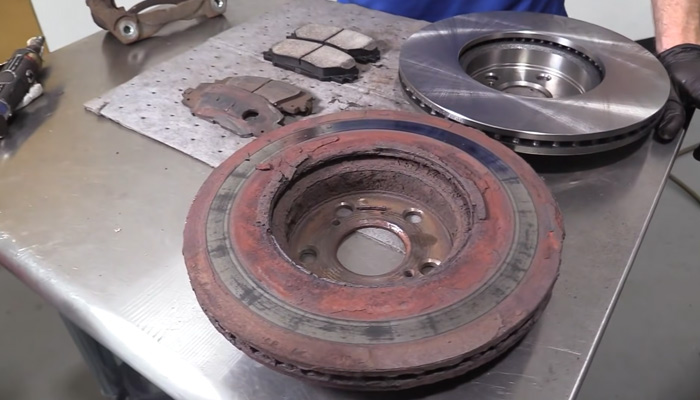
The braking system is exposed to the environment. Over time, dirt, dust, small rocks, or other debris may assemble in the brake assembly. If debris becomes lodged between the brake pads and the rotor, the pads won’t fully retract. Because of this obstruction, the brake pads remain in contact with the rotor, resulting in rubbing.
Solution
To solve this problem, simply clean your brakes thoroughly. You should also lubricate your brakes for the best results.
- Step 1: Cleaning: Remove debris from the brake pads, calipers, and rotor surfaces with a soft brush or compressed air. Ensure that all areas are clear of debris and that no debris remains between the brake pads and the rotor.
- Step 2: Lubrication and maintenance: To ensure smooth movement, inspect and lubricate the brake pad guide pins and slides.
In order to avoid future debris buildup and maintain optimal performance, inspect and clean the braking system on a regular basis.
FAQs
Here are some frequently asked questions and answers about brake pad rubbing on the rotor.
What can I do for an instant fix if my brake pad is rubbing against the rotor while driving?
There are not many options for a quick fix. If you hear a grinding sound while driving, simply stop. Look for the problem visually; there could be dirt or debris stuck in the brake pad. So cleaning the area may resolve the issues. Aside from that, lubrication can be a potential solution to grinding noise. However, the best solution is to troubleshoot the car after you get it home. In addition, you can take your car to a mechanic to have the problems fixed.
Grinding noise when braking, but the pads are fine, what to do?
If your pad is undamaged but you continue to hear grinding, you might have Possible causes include rotor rust, which can occur when using rear drum brakes. A bent backing plate is another possibility. Keep an eye on the vehicle manual or seek advice from a professional while doing this.
How long can you keep driving with grinding brakes?
First of all, we advise against driving while experiencing such a problem. Your vehicle will ultimately be at risk, so the issue needs to be fixed right away. However, if you truly need to travel with this issue, you should limit your driving to no more than 1,500 miles.
Read Also: Are Brake Pad Retainer Clips Necessary? – Here’s The Answer
Final Words
If you experience brake pad rubbing on the rotor, it is essential to address the issue promptly for optimal safety and performance. The rubbing can be caused by a variety of factors, including misaligned calipers, tight brake pads, low-quality pads, or debris lodged in the brake assembly.
In this case, you must inspect and adjust the brake calipers. Other than that, you also need to adjust the brake pad position, use high-quality pads, and keep the brake system clean to prevent rubbing and ensure smooth and effective braking.

Meet Zayan, the mechanical genius behind the highly acclaimed brakes problems and solutions website. With over a decade of hands-on experience in the automotive industry, Zayan has become a trusted authority in the realm of brake systems.
His passion for cars, coupled with his expertise in solving complex brake-related issues, has earned him a devoted following of car enthusiasts, mechanics, and everyday drivers seeking reliable guidance.
